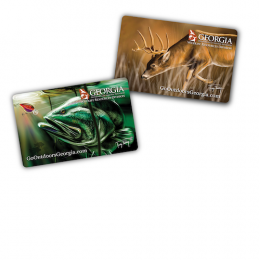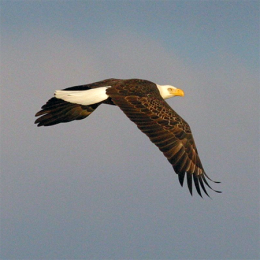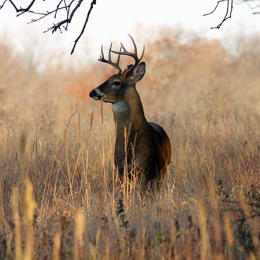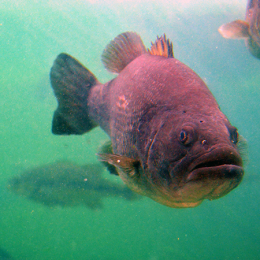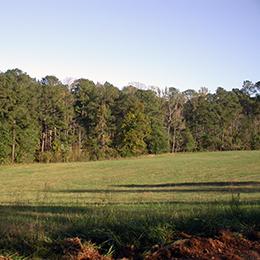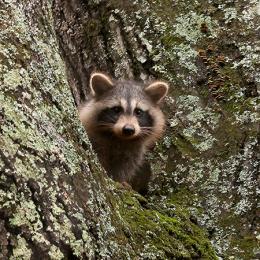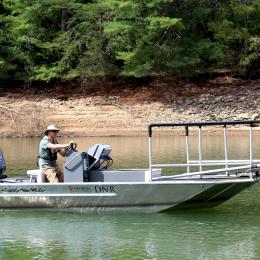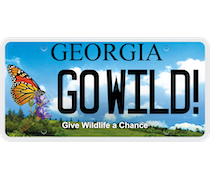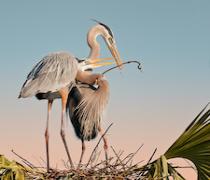Summary of Federal Regulations for Migratory Game Birds
In addition to State regulations, the following Federal rules apply to the taking, possession, shipping, transporting, and storing of migratory game birds. This is only a summary. Each hunter should also consult actual Federal Regulations, which may be found in Title 50, Code of Federal Regulations, Part 20 (www.gpo.gov).
Restrictions
No person shall take migratory game birds:





